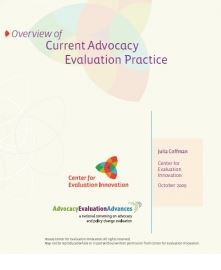
Overview of Current Advocacy Evaluation Practice
This brief offers an overview of current practice in the new and now rapidly growing field of advocacy evaluation. It highlights the kinds of approaches being used, offers specific examples of how they are being used and who is using them, and identifies the advantages and disadvantages of each approach.
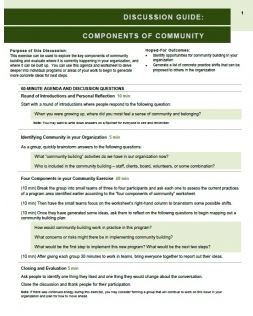
Four Components of Community
This discussion guide can be used to explore the key components of community building and evaluate where it is currently happening in your organization, and where it can be built up. You can use this agenda and worksheet to delve deeper into individual programs or areas of your work to begin to generate more concrete ideas for next steps.
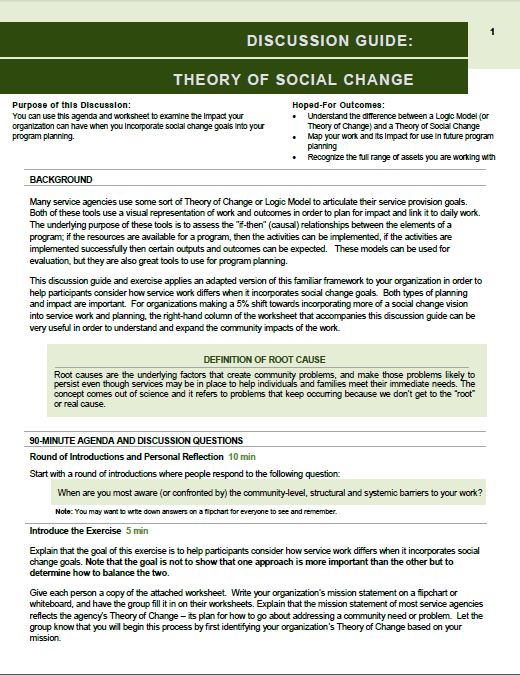
Theory of Social Change
This discussion guide and exercise applies an adapted version of this familiar framework to your organization in order to help participants consider how service work differs when it incorporates social change goals. Both types of planning and impact are important.
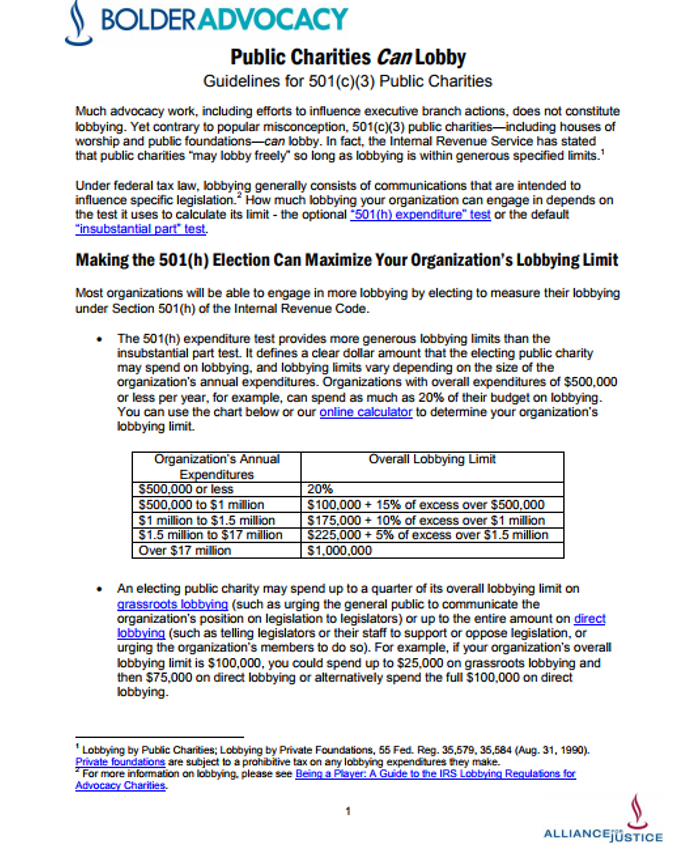
Nonprofits and Lobbying
This document provides the lobbying rules for nonprofit, 501(c) (3) organizations.
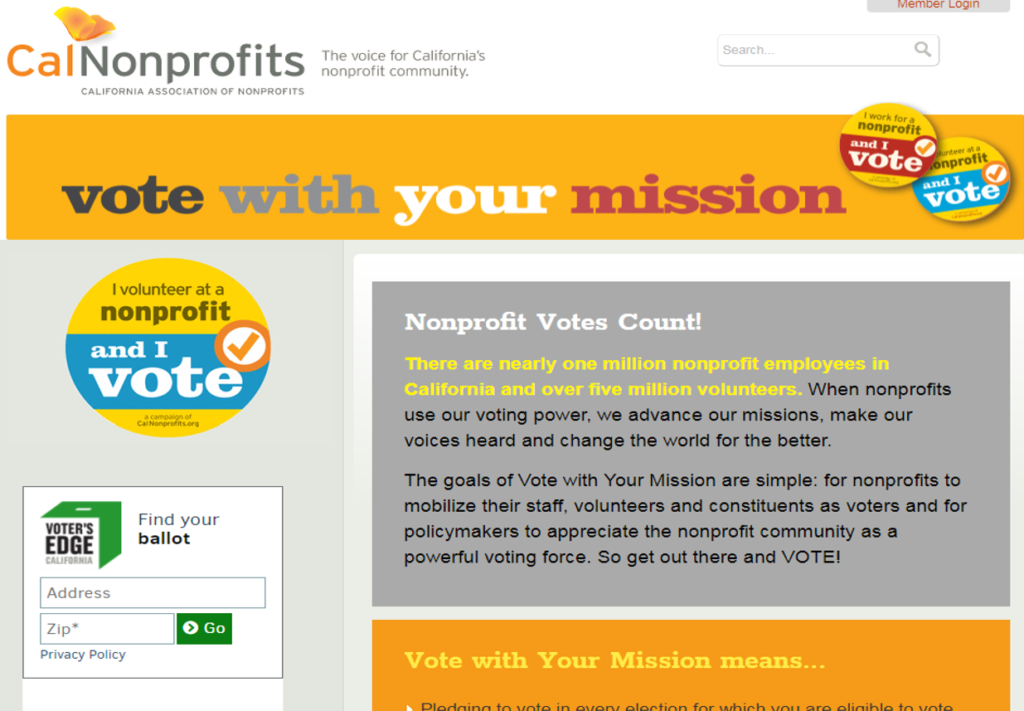
Vote with your Mission Campaign Kit
These materials, provided by California Nonprofits, help organizations promote civic engagement and leadership.
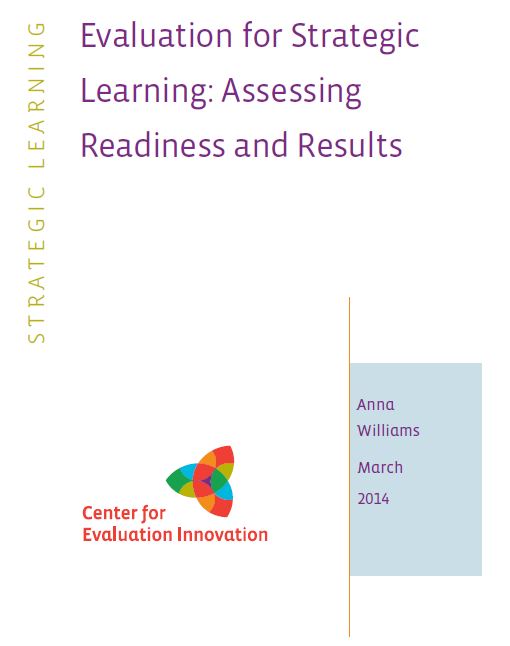
Evaluation for Strategic Learning
This paper makes the case for the value of using evaluation to inform strategic learning. Organizations that are set up for learning will make the best use of this type of evaluation approach.
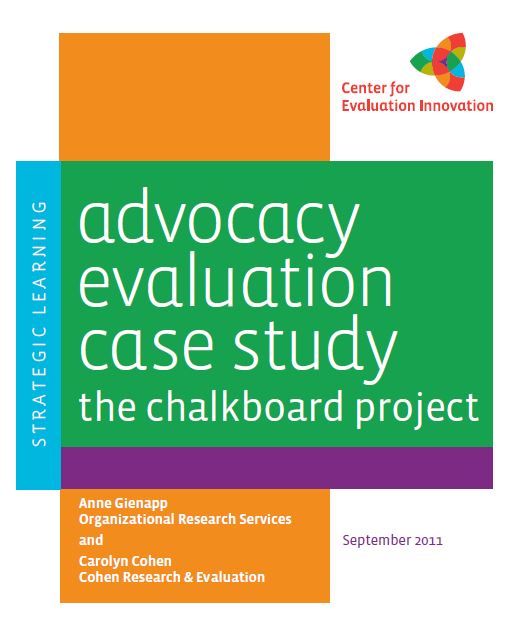
Advocacy Evaluation Case Study
This case study provides an example of an evaluation of the Chalkboard Projects civic engagement efforts.
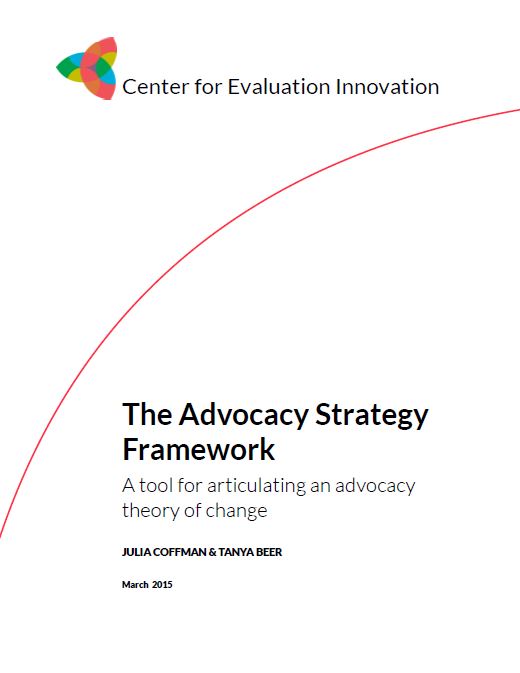
An Advocacy Theory of Change
This tool can be used to design an advocacy theory of change. It leads a group through six questions for discussion, provides facilitation tips, and several graphic representations of what final strategies might look like.
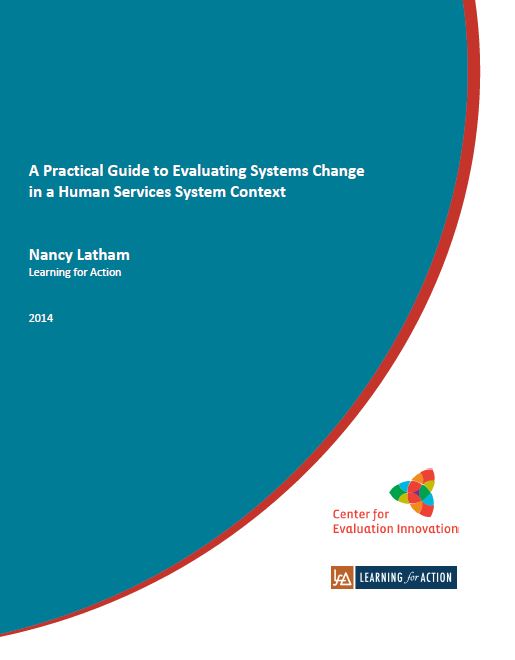
A Practical Guide to Evaluating Systems Change in Human Services Systems
This Guide is for practitioners and evaluators who would like a practical way to think about systems and systems change. The author presents a framework (page 4) that looks at the collaborative group as a way to organize for systems change not the change itself.

Forces for Good: The Six Practices of High-impact Nonprofits
This book, first published in 2007, is a guide to how nonprofits achieve extraordinary social impact. After studying 12 nonprofit, the authors identified six practices that lead to success. Advocacy and constituent engagement are key.




